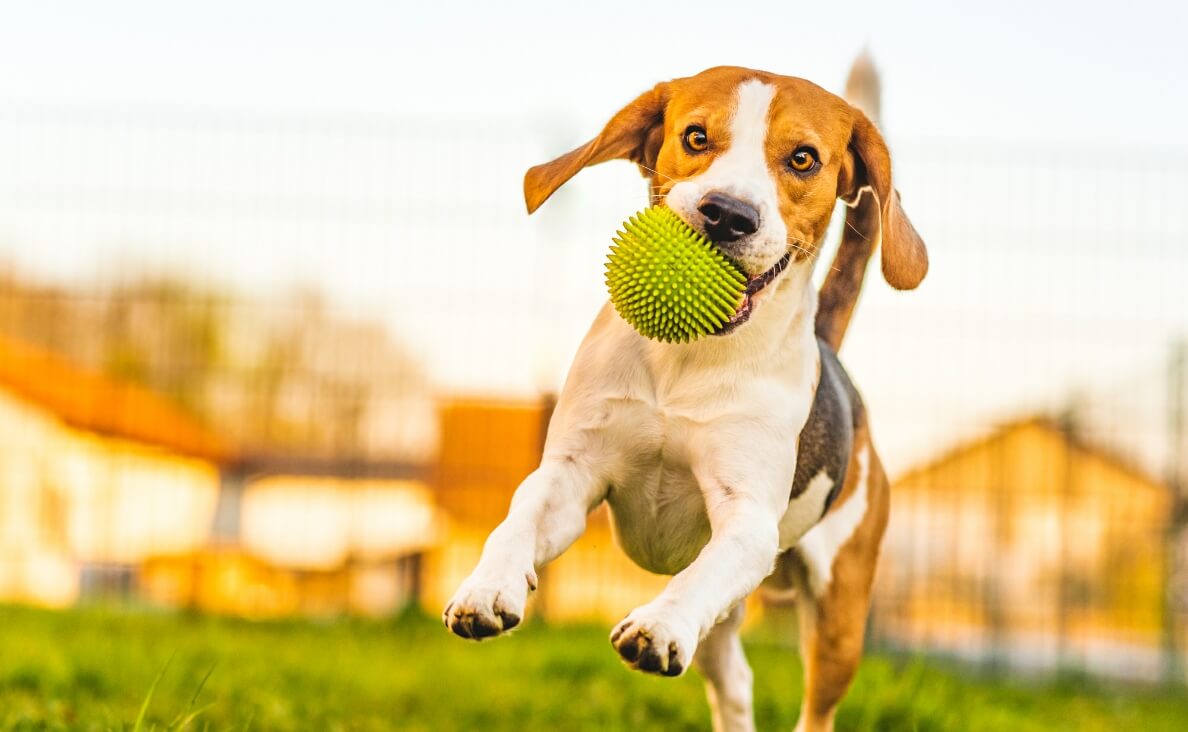 Playing fetch is a classic and enjoyable game for both dogs and their owners. It provides mental stimulation, physical exercise, and strengthens the bond between you and your furry friend.
Playing fetch is a classic and enjoyable game for both dogs and their owners. It provides mental stimulation, physical exercise, and strengthens the bond between you and your furry friend.
If you’ve ever wondered how to teach your dog to fetch, you’re in the right place. In this comprehensive guide, we’ll walk you through the steps to train your dog to fetch, ensuring a rewarding and fulfilling experience for both you and your canine companion.
So, grab your dog’s favorite toy, and let’s get started on this exciting journey!
Understanding the Basics of Fetch
Before we delve into the training process, it’s essential to understand the fundamentals of the game of fetch.
What is Fetch?
Fetch is a simple game in which your dog retrieves an object (usually a ball or toy) that you throw and brings it back to you. It taps into your dog’s natural instincts to chase and retrieve, making it an excellent way to keep your pup active and engaged.
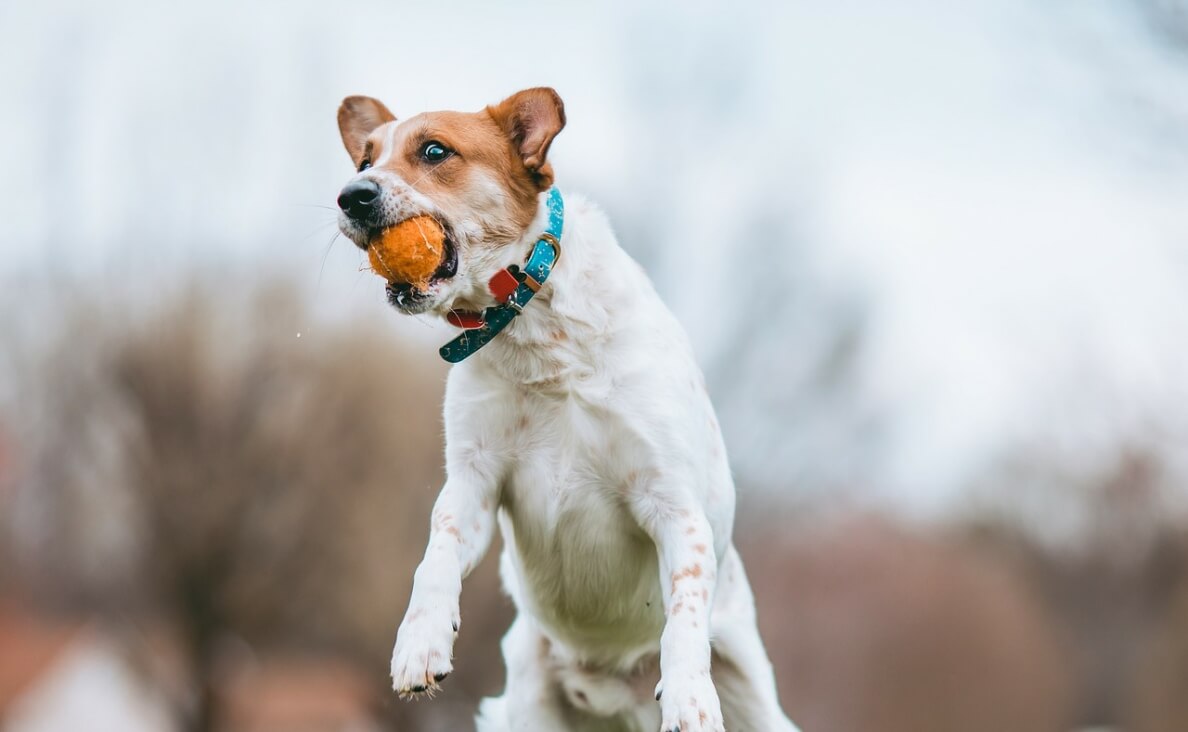
Benefits of Playing Fetch
Playing fetch offers numerous advantages for both you and your dog:
- Physical exercise: Fetch provides an effective way to burn off your dog’s excess energy and maintain their overall health.
- Mental stimulation: It challenges your dog’s problem-solving abilities and cognitive skills.
- Bonding opportunity: Fetch strengthens the bond between you and your dog as it involves cooperation and trust.
- Obedience training: Teaching your dog to fetch also reinforces basic obedience commands like “come” and “drop it.”
The Right Equipment
Before you begin training your dog to fetch, gather the necessary equipment:
- A soft, durable toy or ball: Choose a toy that your dog can comfortably hold in their mouth.
- A leash and collar or harness: These are useful for controlling your dog during training.
- A quiet, enclosed space: Start training in a quiet area with minimal distractions.
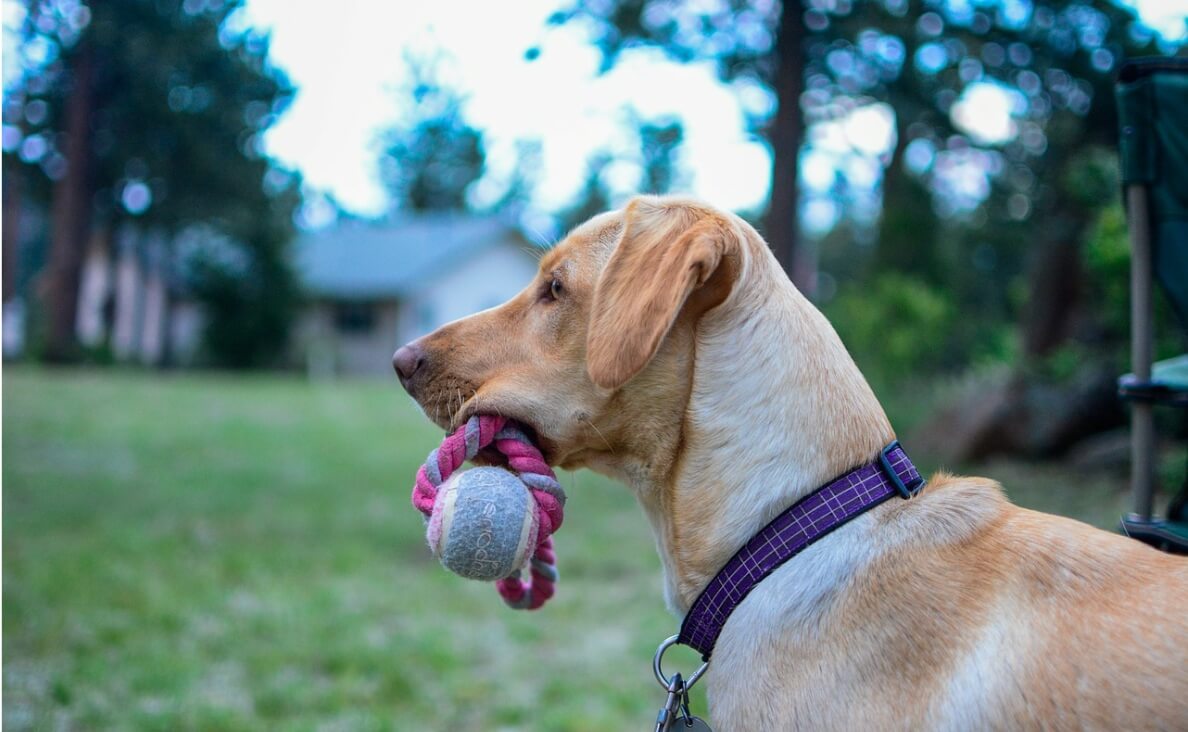
Preparing for Fetch Training
Choose the Right Time
Timing is crucial when teaching your dog to fetch. Pick a time when both you and your dog are relaxed and focused. Avoid training when your dog is overly excited or tired.
Set Realistic Expectations
Every dog is unique, and some may pick up fetch more quickly than others. Be patient and understand that it might take some time for your dog to grasp the concept fully.
Positive Reinforcement
Positive reinforcement is the key to successful fetch training. Use treats, praise, and affection to motivate your dog and reward them for their efforts.
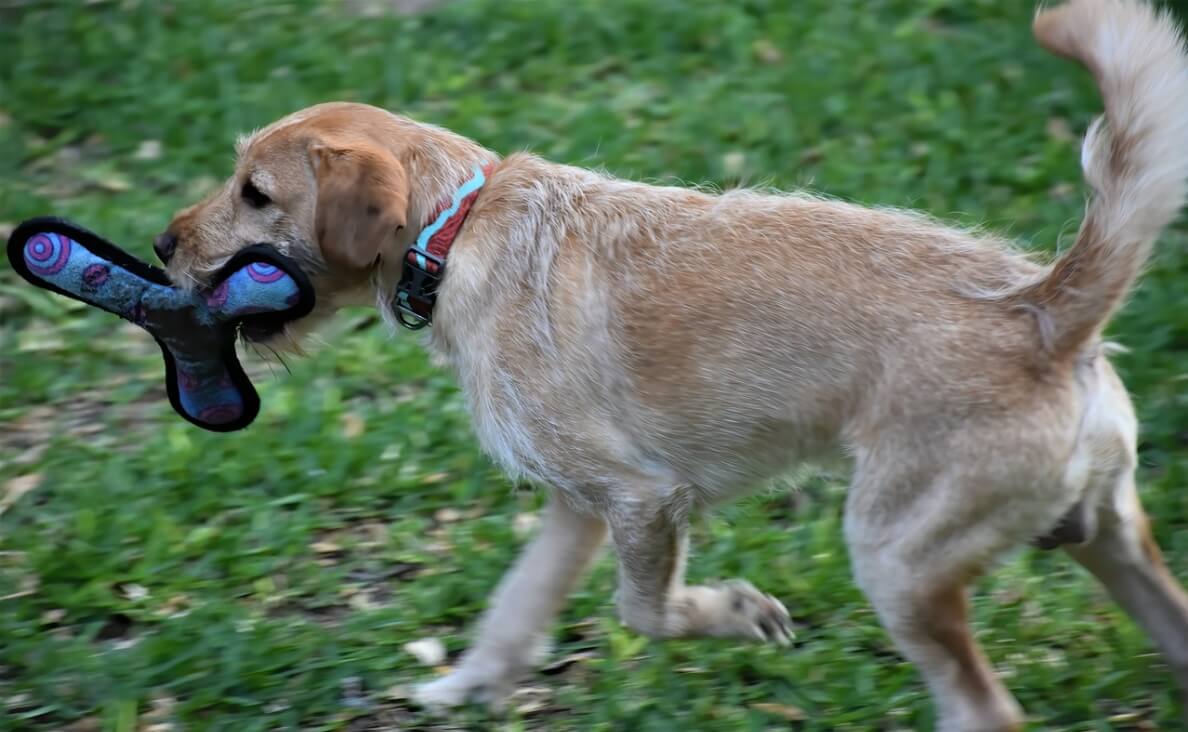
The Fetch Training Process
Now, let’s dive into the step-by-step process of teaching your dog to fetch.
Start with Basic Commands
Before introducing fetch, ensure your dog is familiar with basic commands like “sit,” “stay,” and “come.” These commands will be useful during the training process.
Introduce the Toy
Begin by getting your dog acquainted with the toy you’ll be using for fetch. Encourage your dog to play with the toy and show interest in it. Make it seem exciting and engaging.
Short-distance Fetch
Start with short-distance fetch to build your dog’s confidence. Throw the toy a short distance away, and when your dog picks it up, encourage them to bring it back to you using the “come” command. Reward them with treats and praise when they return the toy.
Encourage Retrieval
If your dog doesn’t immediately bring the toy back, try these tips to encourage retrieval:
- Use an excited and inviting tone of voice.
- Run away from your dog, creating a game of chase.
- Show enthusiasm and excitement when they return with the toy.
Teach the “Drop It” Command
To make fetch a smoother experience, teach your dog the “drop it” command. When your dog returns with the toy, use the command, and reward them when they release the toy from their mouth.
Gradually Increase Distance
As your dog becomes more comfortable with fetch, gradually increase the distance you throw the toy. This will challenge them and help build their fetching skills.
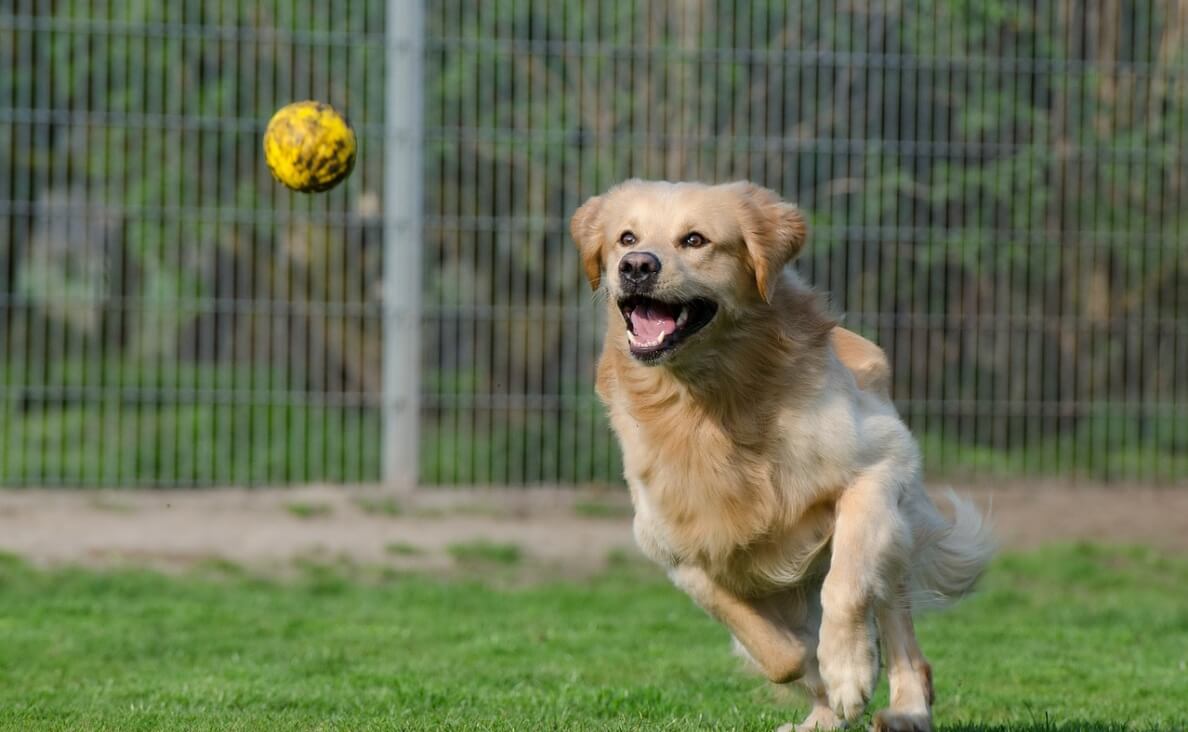
Troubleshooting Common Issues
Lack of Interest
If your dog seems disinterested in fetch, try the following:
- Use a different toy or ball to pique their interest.
- Incorporate treats and praise to make the game more appealing.
- Play with your dog and the toy to demonstrate its value.
Refusal to Bring the Toy Back
If your dog refuses to return the toy, work on the “come” and “drop it” commands separately. Use these commands during other training sessions until they are confident with each one. Then, reintroduce fetch.
Distracted Behavior
If your dog gets easily distracted during fetch, try the following:
- Choose a quieter location with fewer distractions.
- Shorten the training sessions to maintain your dog’s focus.
- Use higher-value treats or toys as rewards.
Advanced Fetch Training
Once your dog has mastered the basics of fetch, you can take the game to the next level.
Extend Distances
Gradually increase the distance between you and your dog when you throw the toy. This will challenge their fetching skills and provide a more vigorous workout.
Add Variations
To keep fetch exciting and mentally stimulating, add variations to the game. Try throwing the toy in different directions, hiding it behind obstacles, or introducing obstacles like tunnels or jumps for your dog to navigate.
Play Fetch with Other Dogs
If your dog is social and enjoys the company of other dogs, organize play dates where they can engage in group fetch sessions. This adds an element of competition and enhances their socialization skills.
Safety Considerations
While fetch is a fun game, it’s crucial to prioritize safety for both you and your dog.
Watch for Overexertion
Be mindful of your dog’s physical condition, especially in hot weather. Dogs can overheat quickly, so take breaks, provide water, and avoid playing fetch during the hottest parts of the day.
Use Appropriate Toys
Ensure that the toys you use for fetch are safe and suitable for your dog’s size and breed. Avoid small toys that could be a choking hazard.
Monitor for Fatigue
Don’t overdo it. Keep an eye on your dog’s energy levels and stop playing fetch if they become tired or appear to be in pain.
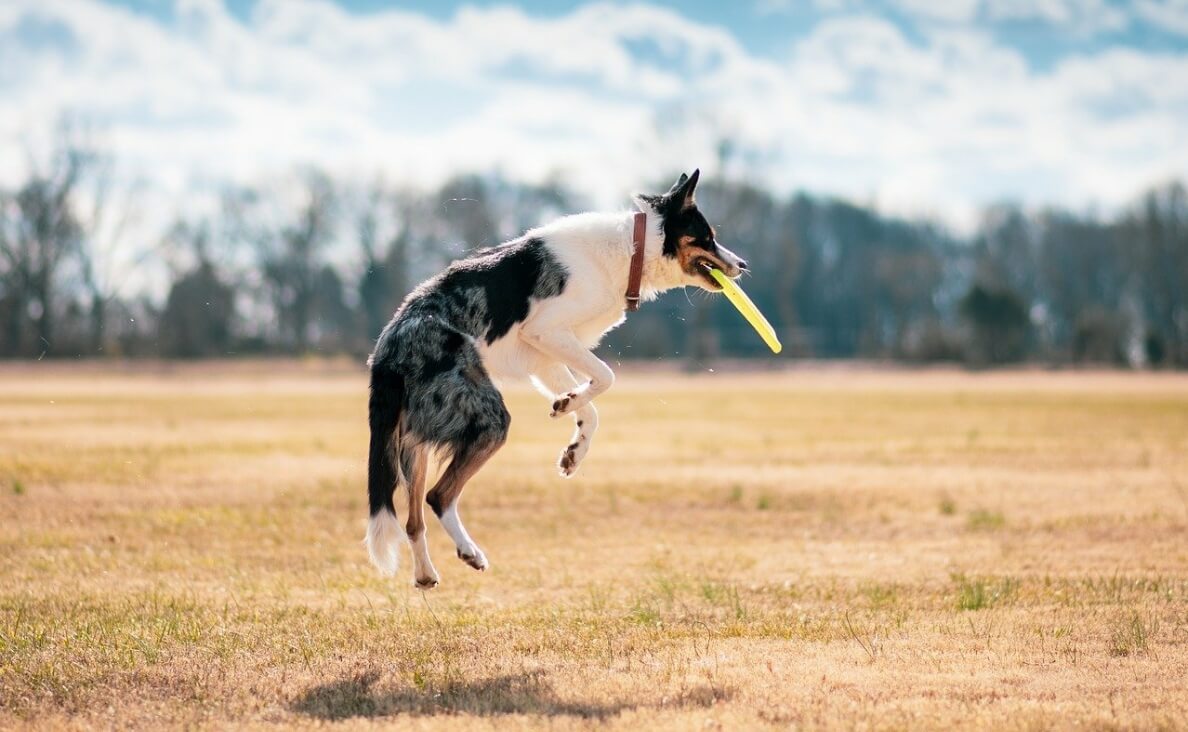
Final Thoughts
In conclusion, teaching your dog to fetch is a rewarding and enjoyable process that strengthens your bond and keeps your furry friend physically and mentally engaged. Remember to be patient, use positive reinforcement, and adapt your training to your dog’s individual needs and abilities.
By following the steps outlined in this guide, you’ll be well on your way to enjoying countless hours of fetch with your canine companion. So, grab that ball or toy, head outside, and have a blast playing fetch with your furry friend!
How did you teach your dog to play fetch? What is his or her favorite fetch toy? Please share in the comments below!

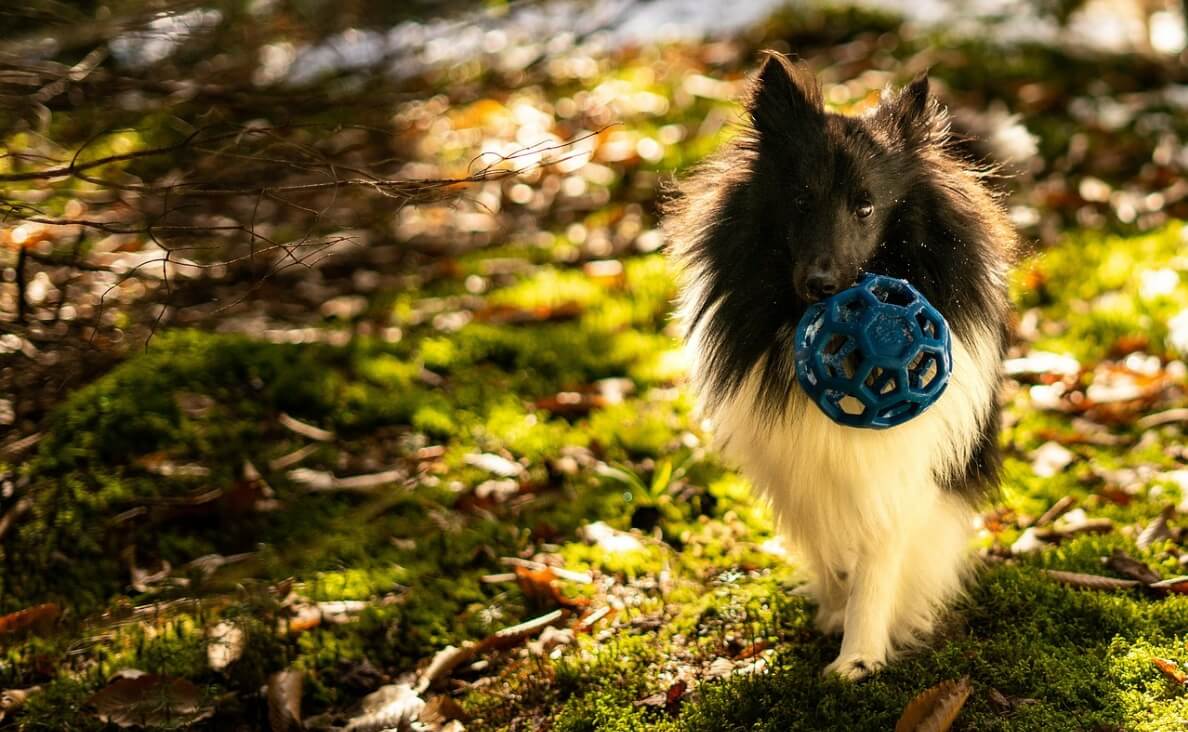
 35 Best Dog-Friendly Hiking Trails in Colorado Springs
35 Best Dog-Friendly Hiking Trails in Colorado Springs The Ultimate Guide to Using a Flirt Pole for Dogs
The Ultimate Guide to Using a Flirt Pole for Dogs 10 Ways to Celebrate Christmas with Your Dog
10 Ways to Celebrate Christmas with Your Dog Tips for Running With Your Dog
Tips for Running With Your Dog Walk Your Dog Week Reminds You to Exercise With Your Dog
Walk Your Dog Week Reminds You to Exercise With Your Dog






Leave a Reply